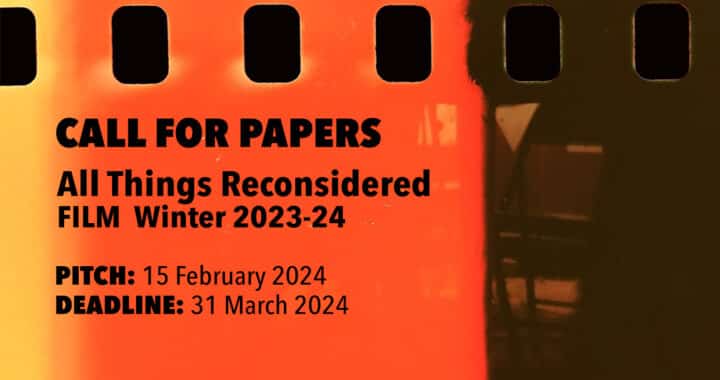The two leads’ hair might be the best thing about Violet & Daisy. Daisy (Saoirse Ronan) has glossy blond locks that seem excerpted from a shampoo commercial, while Violet (Alexis Bledel) has a nifty, shaggy ‘do. They make a nicely matched pair, light and dark, the artifice extended in the deep wells of their eyes and porcelain complexions, suggesting they are dolls brought to life.
Unfortunately, there’s not much else to recommend. Violet & Daisy is about two teenage assassins who bond with a victim, played by James Gandolfini before they kill him. Written and directed by Geoffrey Fletcher, who won an Academy Award for his screenplay for 2009’s harrowing drama Precious, Violet & Daisy is like a student production that proudly displays its influences without quite honoring any of them. The dialogue mimics Quentin Tarantino’s patterns but lacks his wit. The derivative storyline has young women engaging in violence with the same queasy mixture of empowerment and exploitation exhibited in Matthew Vaughn’s superior film, Kick-Ass, from 2010.
Violet & Daisy‘s opening sequence follows the titular characters conducting a hit while dressed as nuns delivering pizza. It’s about as funny as that sentence is, with none of the requisite attention to detail that can help transform what’s merely ridiculous into a ridiculous and exhilarating. The acts of destruction the women commit here and later in the film (notably, a morbid episode that has them dancing on top of still warm and bleeding bodies) are too cursory to be shocking; such scenes are less provocative than predictable.
Between these scenes, Marianne Jean-Baptiste appears briefly as a senior hit woman hoping the duo will fail, and Danny Trejo shows up as everyone’s all-powerful boss, Russ. Neither of these adults distracts much from Violet & Daisy‘s focus on its juvenile protagonists. Ronan’s eerie self-possession has been used to unsettling effect, notably in Joe Wright’s Hanna (2011), where she dispatched endless baddies with cold precision and frightening ease. In Wright’s slickly entertaining film, Ronan’s poise contrasted starkly with the brute violence of her actions, emphasizing her methods and fetishizing her mechanical aspect in a thrilling and chilling way.
But as Daisy in this film, Ronan’s otherworldly mien clashes uncomfortably with her affected, overripe dialogue. Bledel, too, has appeared in a more effective version of this plot in Robert Rodriguez’s Sin City (2005), and the memory of that precisely choreographed mayhem overshadows the impressionistic destruction here.
That said, Violet & Daisy‘s bizarre proceedings repeatedly overwhelm any sense of the women’s own logic or motivations. When they first encounter Michael (Gandolfini), a target who seems too ready to be killed, they hesitate, and their ensuing interactions are not so much character explorations as decreasingly compelling plot points. We learn that Violet has some residual insecurities regarding losing a former partner, and Daisy has a bit of a daddy fixation. However, these background details seem to be afterthoughts, half-formed ideas rather than complexities.
Such narrative shortcomings might be forgivable if Fletcher’s film developed a visual style commensurate with his obvious influences. But in this aspect, too, Violet & Daisy falls short, using a now clichéd saturated palette and chapter titles, like “Photosynthesis” and “Rose Again”, that refer to a clumsy and undeveloped “flowers” theme. The imposition of these titles suggests the story might be a parable, but the lessons to be learned are trite and impenetrable – something about family or friendship or maybe the importance of bringing extra ammo to a hit. The film’s other affectations, from monologues shot in long takes to portentous dream sequences, seem exactly that: pretensions that only draw attention to its shallowness.
Violet & Daisy prompt questions, not so much about its young killers, but about its own purpose. The nihilism on display seems less intentional than accidental, the result of incoherence rather than philosophical contemplation. A few visual details are striking: a pair of lollipops the women share and a police badge that lands perfectly on Violet’s chest, but these images fade quickly from our memories, much like the film itself.

![Call for Papers: All Things Reconsidered [MUSIC] May-August 2024](https://www.popmatters.com/wp-content/uploads/2024/04/all-things-reconsidered-call-music-may-2024-720x380.jpg)



